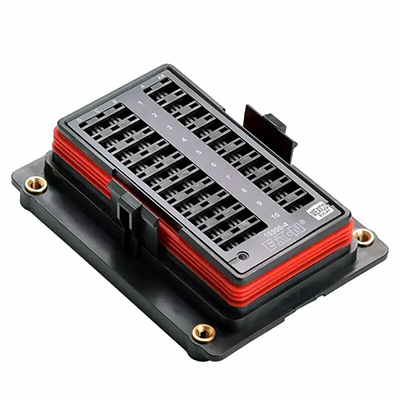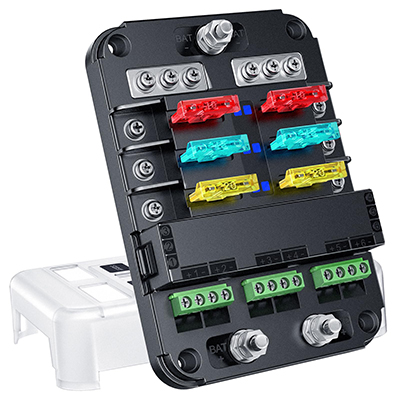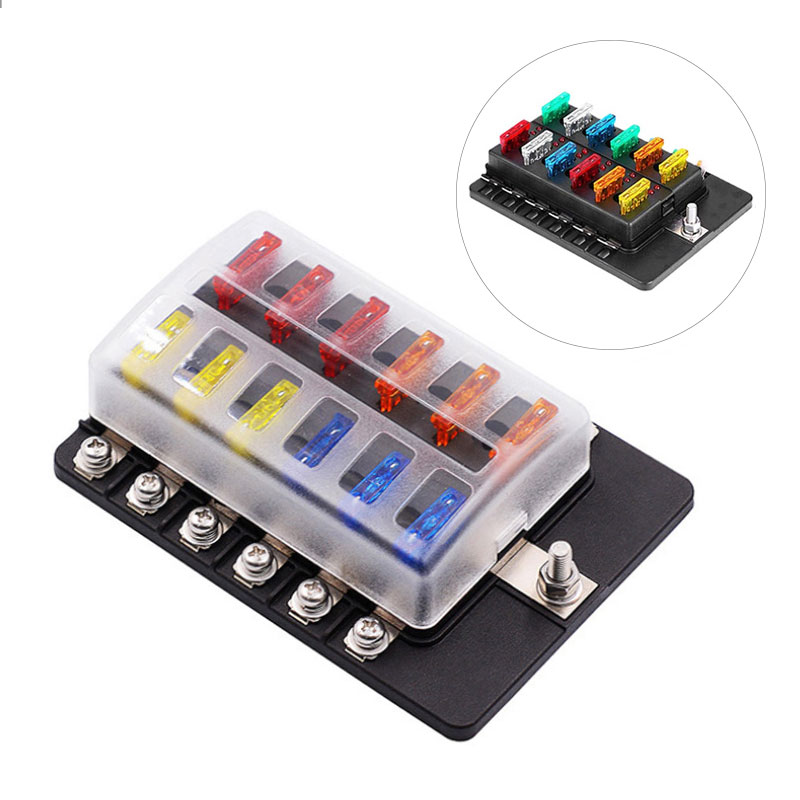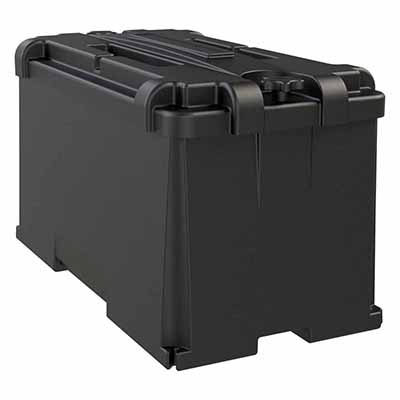Reliable Fuse Box Systems for Ambulances and Medical Transport Safety
News 2025-10-20
In the high-stakes environment of emergency medical services, fuse boxes play a pivotal role in ensuring the reliability of electrical systems in ambulances and medical transport vehicles. These components protect against electrical faults, preventing downtime that could compromise patient care. Designed for harsh conditions, fuse boxes safeguard critical equipment like defibrillators and ventilators, maintaining operational integrity during transport. As medical vehicles face constant vibration, moisture, and temperature extremes, selecting the right fuse box is essential for safety and efficiency.

Fuse boxes are integral in ambulances for powering life-support systems and communication devices. In scenarios involving rapid response, they ensure that lighting, monitoring equipment, and onboard computers function without interruption. For medical transport vehicles, such as those used for patient transfers, fuse boxes handle the demands of auxiliary power sources, including battery systems and inverters. This reliability is crucial in remote or adverse conditions, where electrical failures could delay critical interventions and endanger lives.
Modern fuse boxes offer superior performance through features like fast-acting fuses and high thermal resistance, which minimize the risk of circuit overloads. In ambulances, their compact design allows for space-efficient installation while providing robust protection against electromagnetic interference. Advantages include extended lifespan under vibration and shock, ensuring consistent performance during high-speed operations. These attributes enhance overall vehicle safety, reducing the likelihood of electrical fires and supporting compliance with stringent medical standards.
Effective fuse box design focuses on modularity and ease of access for quick maintenance in field conditions. Integration with vehicle wiring systems requires attention to factors like current ratings and environmental sealing to withstand exposure to fluids and dust. In medical transport applications, customizable configurations allow for scalability, accommodating additional equipment as needs evolve. Proper selection and installation by certified technicians ensure optimal functionality, contributing to the longevity and dependability of the electrical infrastructure.
1. What is the primary function of a fuse box in ambulances?
It protects electrical circuits from overloads and short circuits, ensuring uninterrupted power to essential medical devices.
2. How do fuse boxes improve safety in medical vehicles?
By providing rapid fault detection and isolation, they prevent electrical hazards and maintain system reliability during emergencies.
3. What maintenance is required for fuse boxes in transport vehicles?
Regular visual inspections and fuse replacements are necessary to address wear and ensure continuous operation in demanding conditions.


